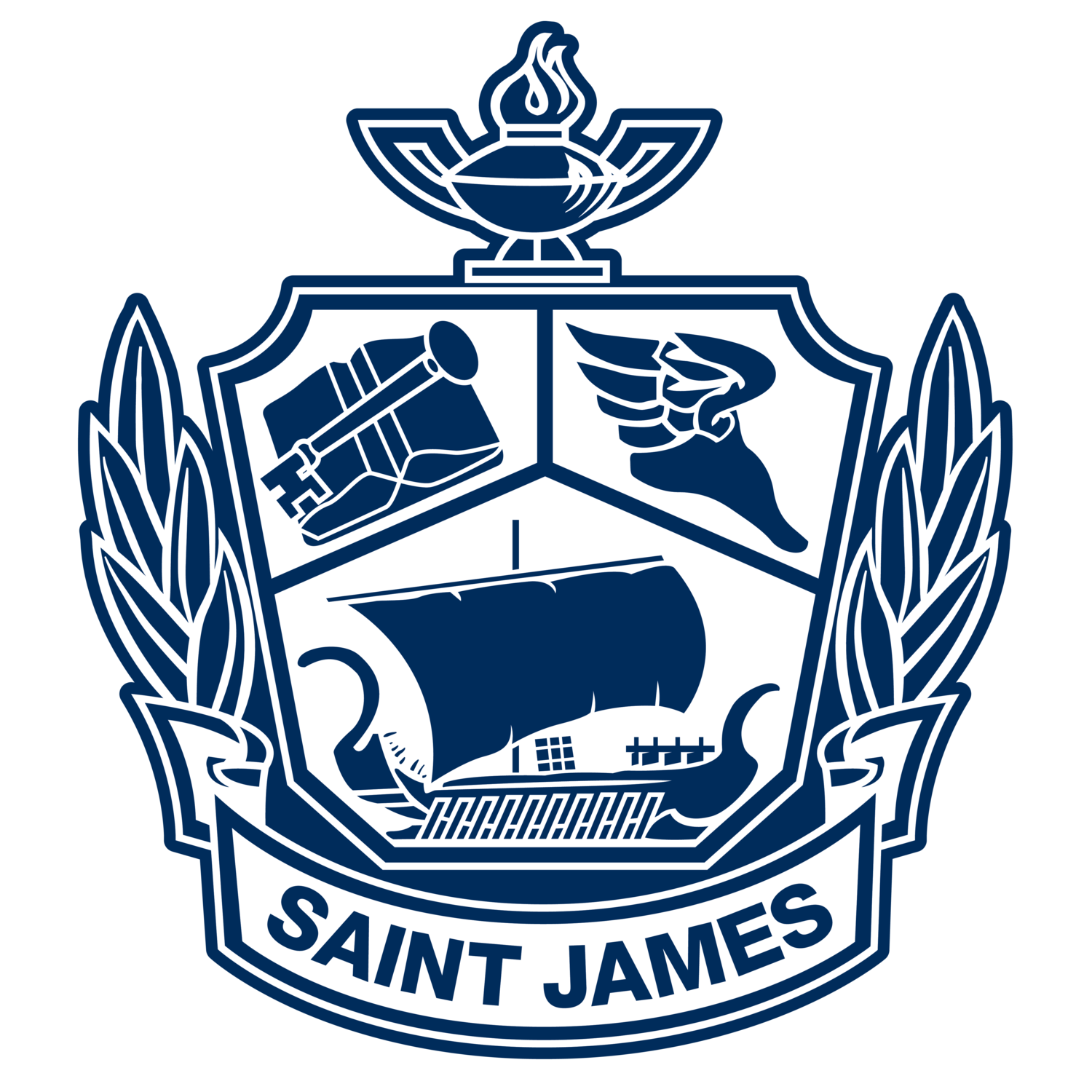pH lab... anything but basic!
Last week, Mrs. Whigham’s Advanced 8th grade physical science class learned all about acids, bases, and pH levels. Students made hypotheses about what household items would be the most acidic and basic. Items like lemon juice, vinegar, hand sanitizer, bottled water, baking soda, and milk were tested and recorded in lab journals.
At STJ, it is important that students make connections between their lessons and labs in the classroom with real-world applications. The very same concepts that they used in lab today are being used world-wide to save lives and the planet. Currently, environmental engineers are researching water remediation or water treatment projects; understanding the chemical properties (including pH) of contaminants is important for safeguarding the health of environmental water sources and systems.
“I like labs because they are entertaining. We learn more in-depth. We get to use cool tools like hot plates, electric balances, and spectroscope tubes.”
#WeAreSaintJamesSchool
Students also studied the environmental correlation with pH levels. “The pH of different liquids and solutions, particularly the pH of bodies of water, are important in describing the behavior of different minerals and chemicals. For example, with increasing acidic pH values, water begins to cause harm and destruction of ecosystems and minerals, such as dissolving the calcium carbonate shells of mollusks, or making ecosystems unlivable for plants and animals,” said Mrs. Whigham. Relating lab experiments to everyday life and the world around us makes the classes more fun. The tools and equipment are especially fun.


